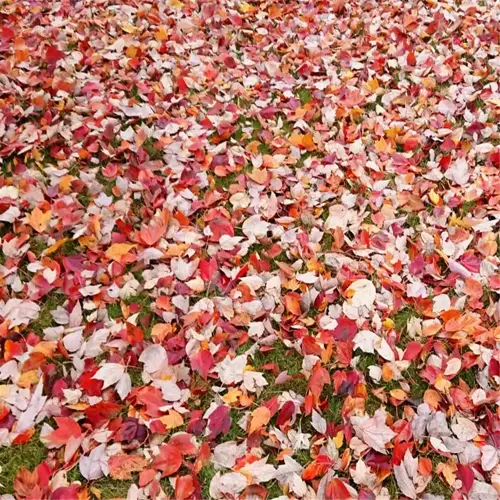What defines a drought-resistant perennial?

Written by
Paul Reynolds
Reviewed by
Prof. Charles Hartman, Ph.D.Drought-tolerant perennials (like Sedum or Lavender) change the way we garden in dry climates. These plants have adapted to survive with limited water supplies, often developing deep roots/a waxy leaf structure. On my projects in Arizona, clients have converted a thirsty lawn to Agave and Yucca, and also reduced their water use by 60% without losing visual beauty.
Root Systems
- Taproots penetrate 3-6 feet to access groundwater. Purple Coneflower uses this strategy in zones 3-9.
- Fibrous roots, like those of Black-Eyed Susan, spread widely to capture surface moisture during rare rains.
Foliage Adaptations
- Succulent leaves in Sedum store water for months. A client's rooftop garden in Texas stayed green using these.
- Hairy or silver foliage, like Lamb's Ears, reflects sunlight and reduces evaporation.
Designing landscapes with these plants requires an element of originality. The use of low-growing Ice Plant with Red-Hot Poker (zones 6-9) provides an exciting contrast at planting. Consider gravel mulch to help keep the roots cool; I have witnessed soil temperatures sink 15°F or more using this technique. Utilize plant groupings with similar water requirements to minimize irrigation issues.
Watering
- Zones 3-6: Water deeply every 14 days in summer.
- Zones 7-11: Reduce to monthly once established.
Soil Prep
- Mix 30% coarse sand into clay soils for drainage.
- Avoid compost overload, drought plants thrive in lean conditions.
Prune mindfully. Russian Sage gets cut back in spring to 12 inches, which results in a bushier plant. Do not prune toward fall in humid regions susceptible to fungi. In one Denver garden, the owner combined Blue Oat Grass with Sedum and now she spends her weekends relaxing instead of watering.
Read the full article: 15 Top Drought Resistant Perennials for Water-Wise Gardens

